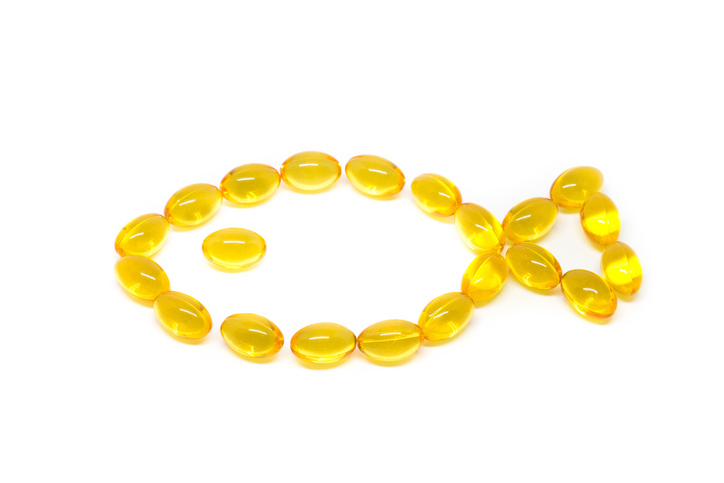
There is much evidence that omega-3s support cardiovascular health. However, new research suggests that however much omega-3s you’re getting in your diet – you probably need even more to reap additional health benefits. Here is a breakdown of omega-3s, the latest research on dosage, and best ways to take in your omega 3s.
Breaking Down Omega-3s
Omega-3s are a type of polyunsaturated fatty acid (PUFA). There are three major types of omega-3s including alpha-linolenic acid (ALA), eicosapentaenoic acid (EPA) and docosahexaenoic acid (DHA). ALA comes from plants and is a true “essential” omega-3 because we need to get this fat from the diet as our bodies cannot make it on their own. ALA is found in seeds like flax and chia, nuts like walnuts, and oils like soybean and canola. ALA can be converted to EPA and DHA in the body, but the process is inefficient.
EPA and DHA are fatty acids found naturally in marine sources. The most common food source of both EPA and DHA are fatty fish. EPA and DHA have been shown to be the most protective of the heart. Evidence also supports the role of EPA and DHA for prenatal, brain and eye health. Both EPA and DHA are found in all cells of the body and also have been shown to have anti-inflammatory functions.
Find out more about the difference between ALA and EPA/DHA here.
Omega-3s and Cardiovascular Health
Numerous research studies have found that EPA and DHA omega-3s are associated with a reduced risk of heart attacks, fatal heart attacks, and death from coronary heart disease. One such study was published in 2019 in the Journal of the American Heart Association. Researchers conducted a meta-analysis of 13 randomized controlled trials to determine if supplementing with marine omega-3s is associated with a reduced risk of cardiovascular disease. The results showed that over five years, the higher the omega-3 dose, the higher the reduction of cardiovascular disease (including a reduction in heart attacks and death from coronary heart disease).
How Much Omega-3 Should You Take?
Current recommendations by many scientific organizations are between 250 to 500 milligrams of EPA and DHA per day in order to support cardiovascular health. However, recent studies suggest there is a greater benefit at higher levels of intake. While you may need to include a supplement in your daily regimen to achieve these higher recommendations, you can certainly get
With most people in the U.S. taking in only one-third of the current fish recommendations, plus this new research that shows there is a greater benefit to getting more omega-3s, it would be tough to get the benefits of omega-3s with diet alone. Besides fatty fish, you can get EPA and DHA from supplements made from fish oil, krill oil, or vegan marine microalgae. Your doctor can also prescribe omega-3s. Whether you choose to eat fatty fish or take a supplement (or both!), you are still getting the same important nutrients: EPA and/or DHA omega-3s.
Are Supplements Safe?
Contrary to popular belief, dietary supplements are regulated by the U.S. Food and Drug Administration. When it comes to EPA and DHA omega-3s, the trade association GOED: The Global Organization for EPA and DHA Omega-3s also regulates itself and sets higher standards. A condition to be a member of GOED is adherence to a voluntary monograph which is a set of standards among the strictest in the world. GOED members must also abide by a specific Code of Ethics and Business Practices. In addition, GOED has a randomized testing program in order to ensure the quality of all products. You can find a complete list of GOED member companies, including those who manufacture omega-3 supplements, here.
